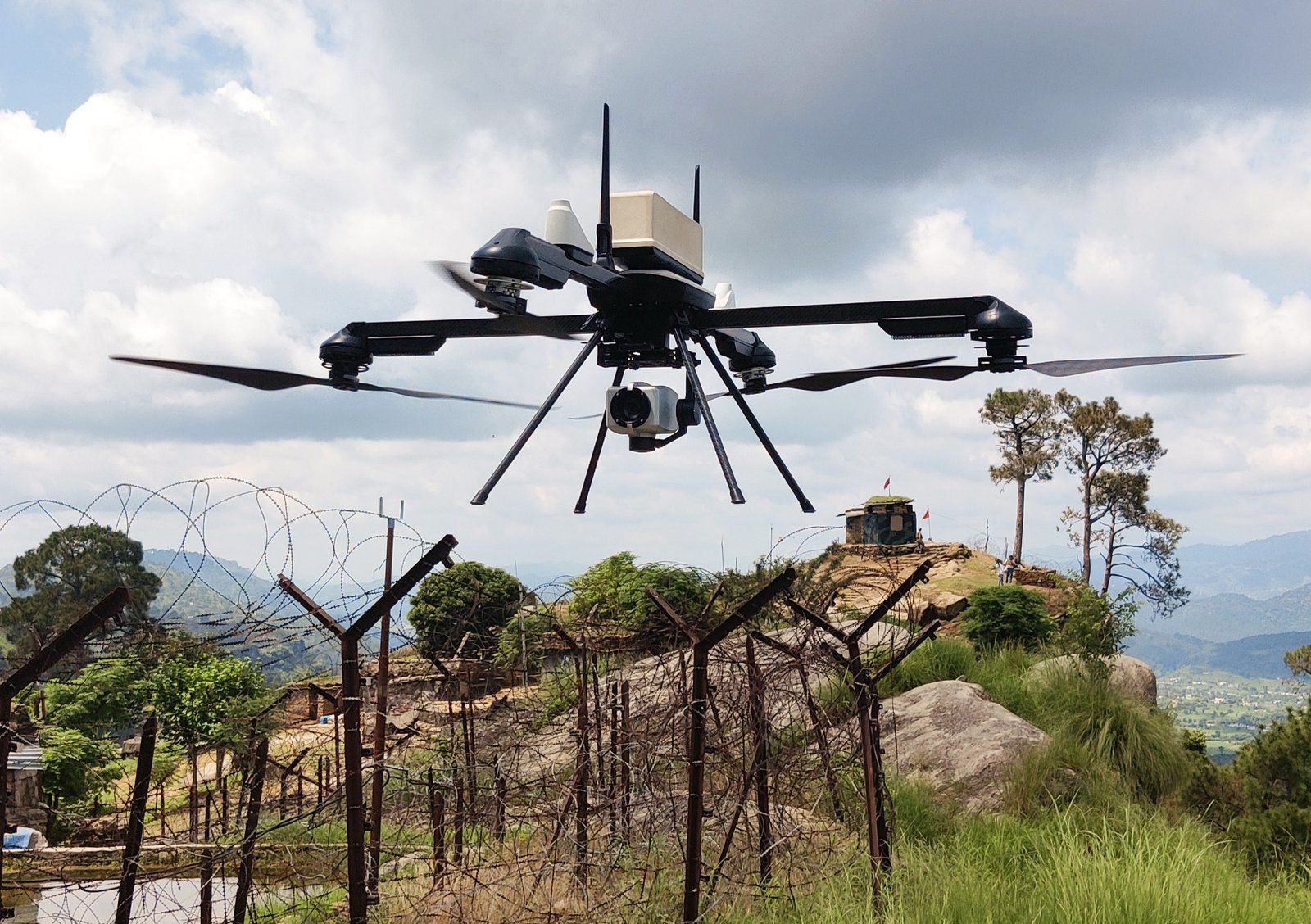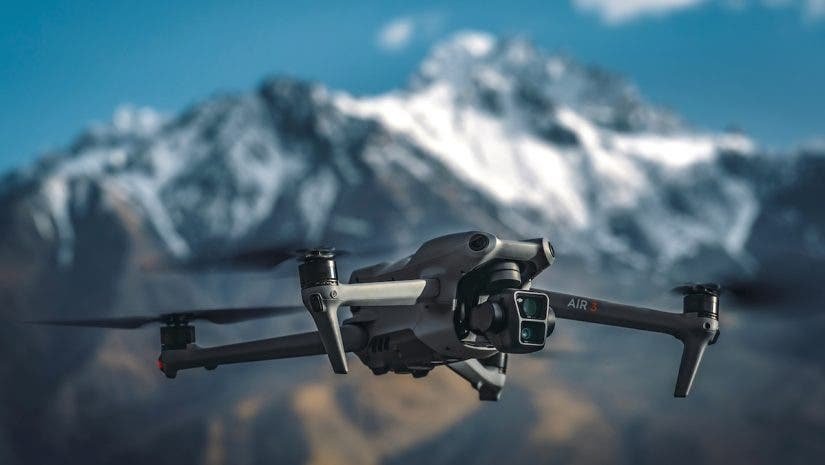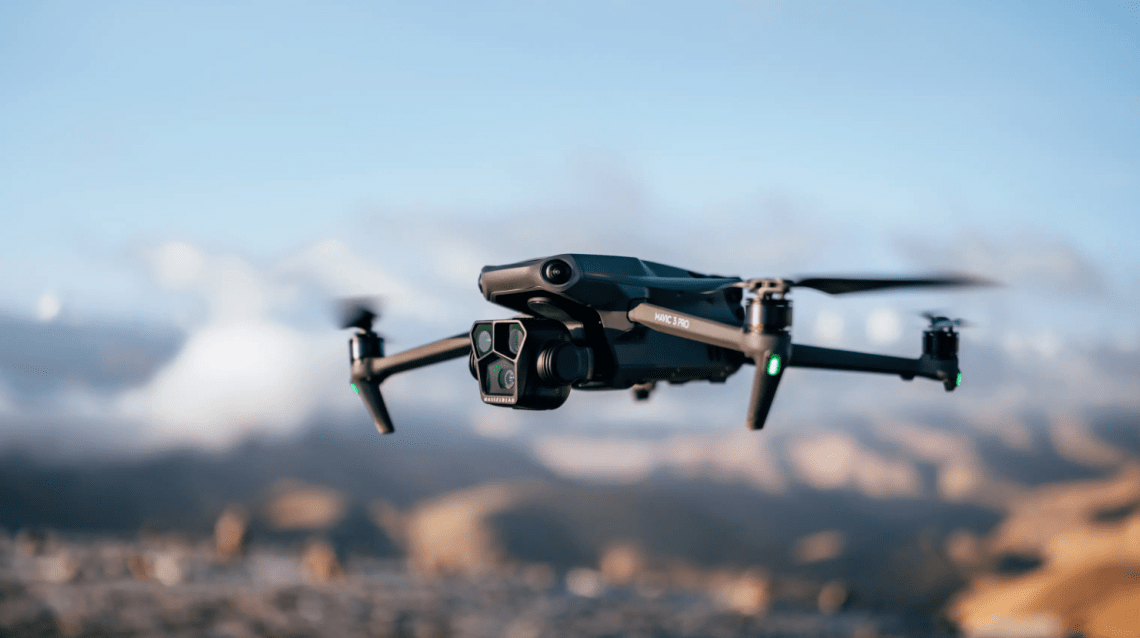Drones have evolved from hobbyist gadgets to powerful business tools, transforming industries like construction, agriculture, real estate, logistics, and public safety. If you’ve been wondering how to integrate drones into your business model, now is the perfect time to explore the possibilities. With the right approach, drones can improve efficiency, cut costs, enhance safety, and create new revenue streams.
Why Consider Drones for Your Business?
Drones are incredibly versatile and can perform tasks that once required significant manpower, time, and expense. Businesses are using drones for:
- Aerial inspections of structures, pipelines, and solar farms
- Surveying and mapping large areas for planning and development (Learn More)
- Marketing and media, including high-quality aerial photography and videography (Drone Photography & Videography Tips)
- Delivery services in logistics and retail
- Safety monitoring on worksites (Drone Safety Protocols)
Step-by-Step Guide to Integrating Drones into Your Business Model
1. Identify Use Cases Relevant to Your Industry
Start by mapping out where drones could add value in your current operations. For example:
- Construction firms can use drones for progress tracking and inspections
- Farmers can monitor crop health using precision agriculture techniques (Drones for Agriculture)
- Real estate agencies can enhance property listings with aerial footage (Drones in Real Estate)
2. Understand Legal and Safety Requirements
In the U.S., most commercial drone work requires an FAA Part 107 certification. Ensure your team is compliant by following our FAA Part 107 Certification Guide.
3. Choose the Right Drone and Equipment
Select a drone that matches your operational needs. Consider:
- Camera resolution and sensor types
- Flight time and battery life
- Weather resistance for outdoor work
- Payload capacity for specialized tasks
4. Invest in Training
Train your staff through FAA-compliant courses or hire certified pilots. Corporate teams benefit from structured programs like our Corporate Drone Training Programs.
5. Integrate Drone Data into Your Workflow
A drone is only as useful as the data it collects. Pair it with GIS, CAD, or analytics software to create actionable reports. For mapping-heavy industries, see our Drone GIS and Mapping Course.
6. Start Small, Then Scale
Begin with pilot projects in one department. Once you refine workflows and prove ROI, expand drone use across the business.
Common Mistakes to Avoid
- Skipping training: Inexperienced operators increase legal and safety risks
- Ignoring regulations: Flying without proper authorization can lead to fines
- Buying the wrong equipment: Overspending on features you won’t use wastes resources
- Poor data management: Without a plan for storing and analyzing drone data, its value is lost
See our guide on Top Mistakes New Drone Pilots Make for more insights.
Benefits of Integrating Drones into Your Business Model
- Cost Savings: Reduced labor, faster inspections, and fewer shutdowns
- Improved Safety: Keep employees out of dangerous environments
- Competitive Advantage: Offer unique services competitors can’t match
- Faster Project Turnarounds: Speed up data collection and decision-making
The Future of Drones in Business
Drone technology is advancing rapidly with AI, automation, and 5G connectivity. Soon, autonomous drones will perform regular inspections, deliveries, and data analysis with minimal human involvement. For a broader outlook, see The Future of the Drone Industry in the USA.
Final Thoughts
Integrating drones into your business model is not just a trend—it’s a smart investment that can yield significant returns in efficiency, safety, and revenue. By starting with clear goals, proper training, and a legal framework, you can ensure a smooth transition to drone-powered operations.
Pro Tip: Begin with a professional consultation to map out drone applications tailored to your industry. Explore our Drone Courses to equip your team with the skills needed for success.








